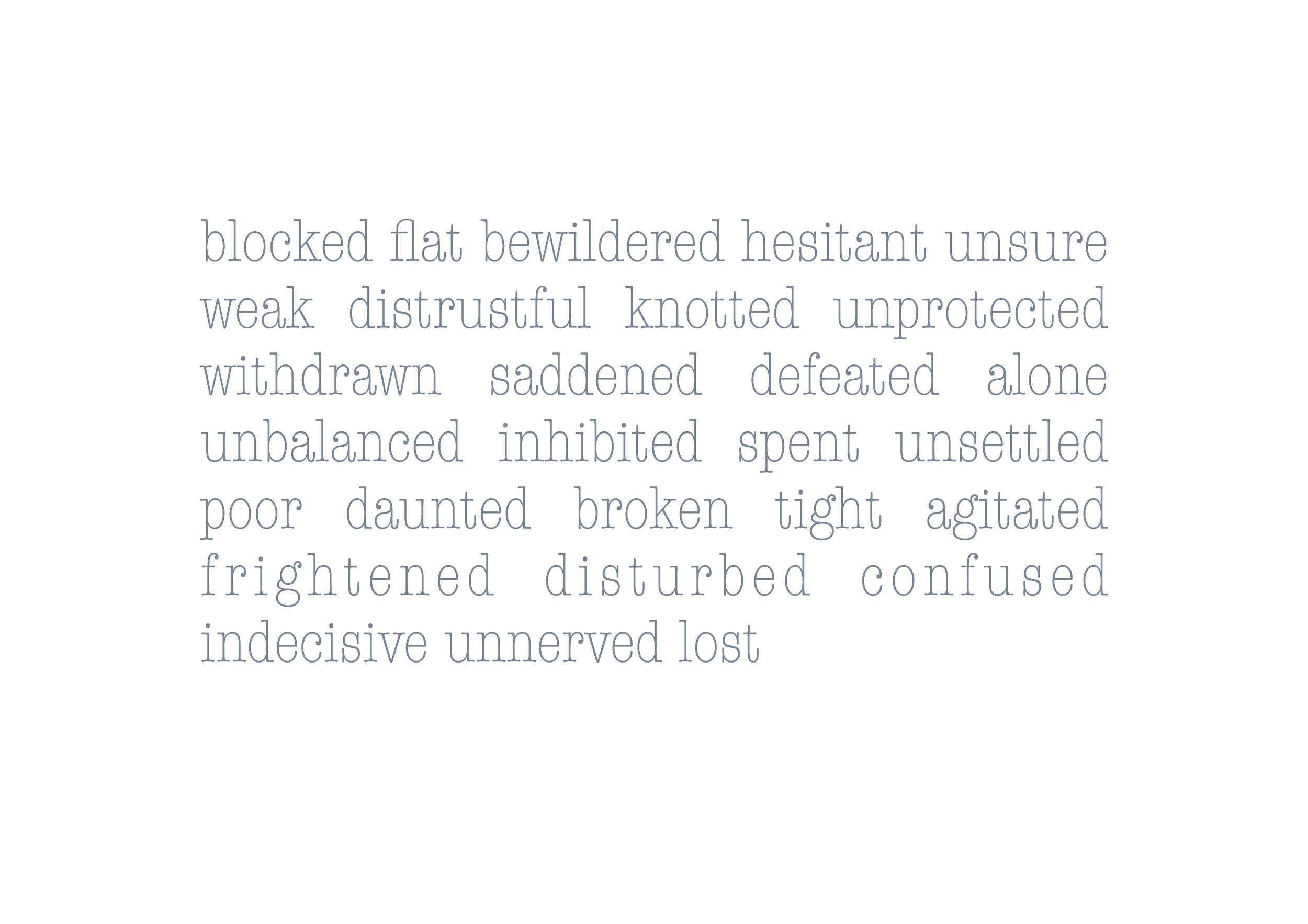


















Coercion is about men controlling women. Since March 2015 coercive control has been a legal offence. The Home Office Statutory Guidance quotes police advisor, Professor Evan Stark who said, “Not only is coercive control the most common context in which [women] are abused, it is also the most dangerous.” Stark’s findings concluded that in 96.2% incidents of coercive control, it is men who abuse women. Despite the new law, there is still some way to go before the majority of cases are bought to justice. Professional bodies including the police, social security, lawyersand doctors need more training and resources to bring perpetrators to account. The abuser is deceptive. The men involved are often charming, enjoy well paid work, meet deadlines and are kind to their mothers-in-law and at the same time are destroying the lives of women with whom they are intimate. Seemingly small incidents frequently pass unnoticed by the authorities. When these ‘insignificant’ incidents accumulate and over a long period of time to form a pattern, coercive control is suspected. One explosive incident does not quantify coercive control. It is a pattern of behaviour that defines coercive control. Pinpointing this pattern means that the the law can intervene. The Home Office explains it like this:
Coercive behaviour is: a continuing act or a pattern of acts of assault, threats, humiliation and intimidation or other abuse that is used to harm, punish, or frighten their victim.” My italics
Picking up on the pattern traits of abusive men is not easy. Abusers are deliberately misleading. Their victims are not always seen as vulnerable. Coercive control holds no economical, intellectual, racial or social barriers. Female professors, lawyers and even doctors have been victims. In fact, the abuser would enjoy the added challenge of a self assured potential victim. The abuser’s ultimate aim is control. Control gives him power and this makes him feel good. The more he is able to manipulate the woman the more the woman releases her identity and so the cycle continues. Below, I am quoting in full the examples of the Home Office gives because of its relevance and importance here. The Home Office characterises a perpetrator of coercive control as someone who is :-
depriving [the victim] of their basic needs; monitoring their time; monitoring a person via online communication tools or using spyware; taking control over aspects of their everyday life, such as where they can go, who they can see, what to wear and when they can sleep; depriving them of access to support services, such as specialist support or medical services; repeatedly putting them down such as telling them they are worthless; enforcing rules and activity which humiliate, degrade or dehumanise the victim; forcing the victim to take part in criminal activity such as shoplifting, neglect or abuse of children to encourage self-blame and prevent disclosure to authorities; financial abuse including control of finances, such as only allowing a person a punitive allowance; threats to hurt or kill; threats to a child; threats to reveal or publish private information (e.g. threatening to ‘out’ someone); assault; criminal damage (such as destruction of household goods); rape; preventing a person from having access to transport or from working. This is not an exhaustive list.